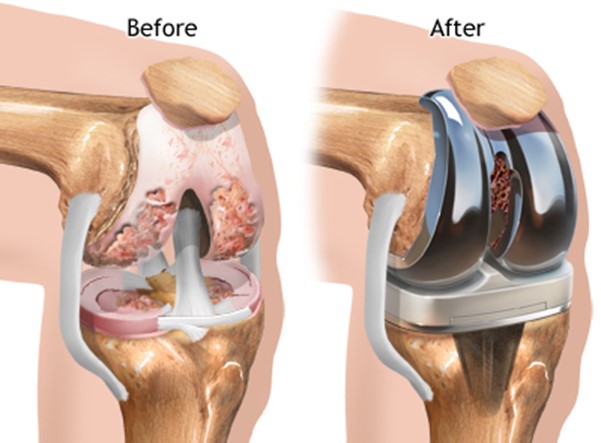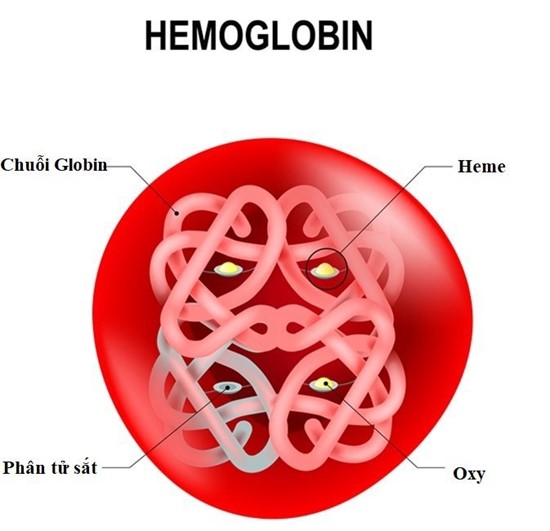A nurse is providing postpartum education about newborn feedings to a client who has recently given birth. Which of the following information should the nurse include about bottle feeding?
Feedings should be accompanied by nonnutritive sucking.
Feedings should be on demand.
Feedings should begin within 1 hr after birth.
Feedings may occur in clusters.
The Correct Answer is B
Choice A reason: Feedings should not be accompanied by nonnutritive sucking. Nonnutritive sucking is the act of sucking on a pacifier, finger, or other object without getting any nutrition. Nonnutritive sucking can interfere with the establishment of breastfeeding, cause nipple confusion, and reduce milk supply.
Choice B reason: Feedings should be on demand. On demand feeding means feeding the newborn whenever they show signs of hunger, such as rooting, sucking, or crying. On demand feeding helps the newborn regulate their appetite, meet their nutritional needs, and bond with their caregiver.
Choice C reason: Feedings should not begin within 1 hr after birth. This instruction is applicable for breastfeeding, not bottle feeding. Breastfeeding should begin within 1 hr after birth to initiate milk production, stimulate uterine contractions, and transfer colostrum to the newborn. Bottle feeding can be delayed until the newborn is stable and alert.
Choice D reason: Feedings may not occur in clusters. Cluster feeding means feeding the newborn more frequently and for longer periods of time during certain times of the day or night. Cluster feeding is common in breastfed newborns, especially during growth spurts or developmental leaps. Bottle fed newborns may not exhibit cluster feeding, as they tend to have more consistent and predictable feeding patterns.
Nursing Test Bank
Naxlex Comprehensive Predictor Exams
Related Questions
Correct Answer is B
Explanation
Choice A reason: Applying ice packs for 15 minutes every hour is not an effective intervention for managing edema following knee replacement surgery because it can impair blood circulation and delay healing. Ice packs can also cause frostbite or nerve damage if applied for too long or too frequently. Ice packs should be used only for the first 24 to 48 hours after surgery and with a cloth barrier between the skin and the ice.
Choice B reason: Elevating the affected leg above the heart level is an effective intervention for managing edema following knee replacement surgery because it can reduce swelling and pain by facilitating venous return and lymphatic drainage. Elevation can also prevent blood clots and infection by improving blood flow and oxygen delivery to the wound site.
Choice C reason: Consuming nutrition-dense foods first is not a relevant intervention for managing edema following knee replacement surgery because it does not directly affect fluid balance or wound healing. Nutrition-dense foods are those that provide high amounts of nutrients per serving, such as eggs, cheese, nuts, beans, and meat. Nutrition-dense foods are important for overall health, but not specifically for edema management.
Choice D reason: Wearing compression stockings during the day is not a recommended intervention for managing edema following knee replacement surgery because it can interfere with wound healing and increase the risk of infection. Compression stockings can also cause skin irritation, blisters, or ulcers if worn incorrectly or too tightly. Compression stockings should be avoided until the wound is fully healed and only used under medical supervision.

Correct Answer is A
Explanation
Choice A reason: Baked sweet potato is a good source of iron, which is a mineral that helps make hemoglobin, the protein in red blood cells that carries oxygen. Iron deficiency can cause anemia, weakness, fatigue, and pale skin.
Choice B reason: Cauliflower is not a good source of iron, but it is a good source of vitamin C, which can help increase iron absorption from plant sources. Cauliflower is also a good source of fiber, folate, and antioxidants.
Choice C reason: Egg white omelet is not a good source of iron, but it is a good source of protein, which can help with tissue repair and growth. Egg white omelet is also low in fat and cholesterol.
Choice D reason: Brown rice is not a good source of iron, but it is a good source of carbohydrates, which can provide energy and prevent protein breakdown. Brown rice is also a good source of fiber, B vitamins, and magnesium.

Whether you are a student looking to ace your exams or a practicing nurse seeking to enhance your expertise , our nursing education contents will empower you with the confidence and competence to make a difference in the lives of patients and become a respected leader in the healthcare field.
Visit Naxlex, invest in your future and unlock endless possibilities with our unparalleled nursing education contents today
Report Wrong Answer on the Current Question
Do you disagree with the answer? If yes, what is your expected answer? Explain.
Kindly be descriptive with the issue you are facing.
